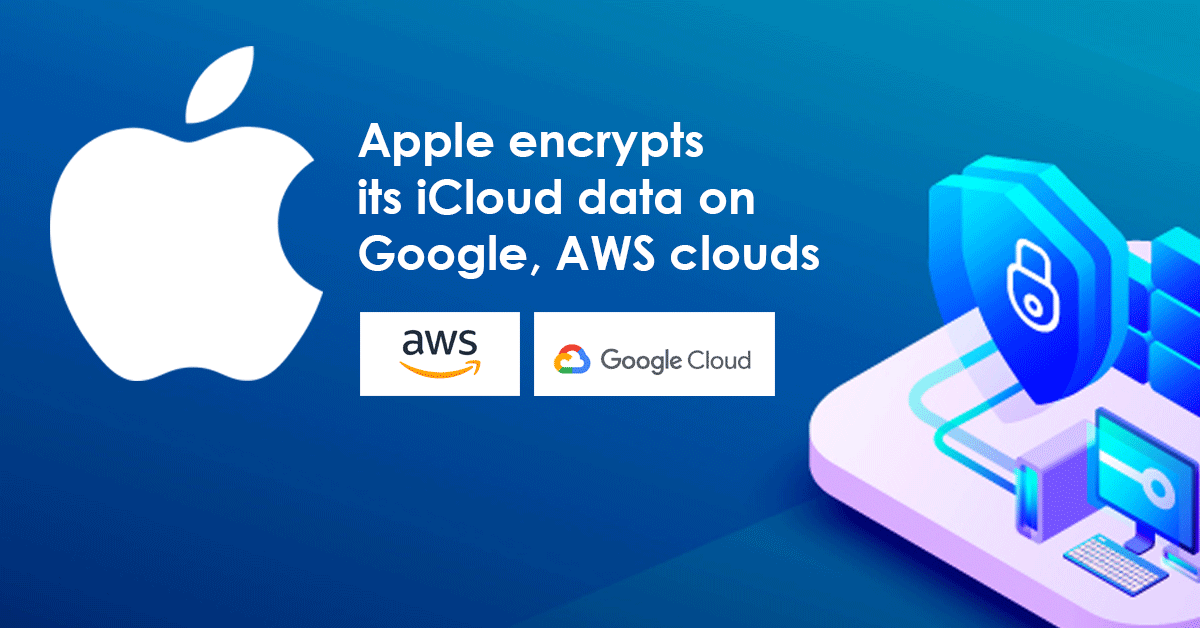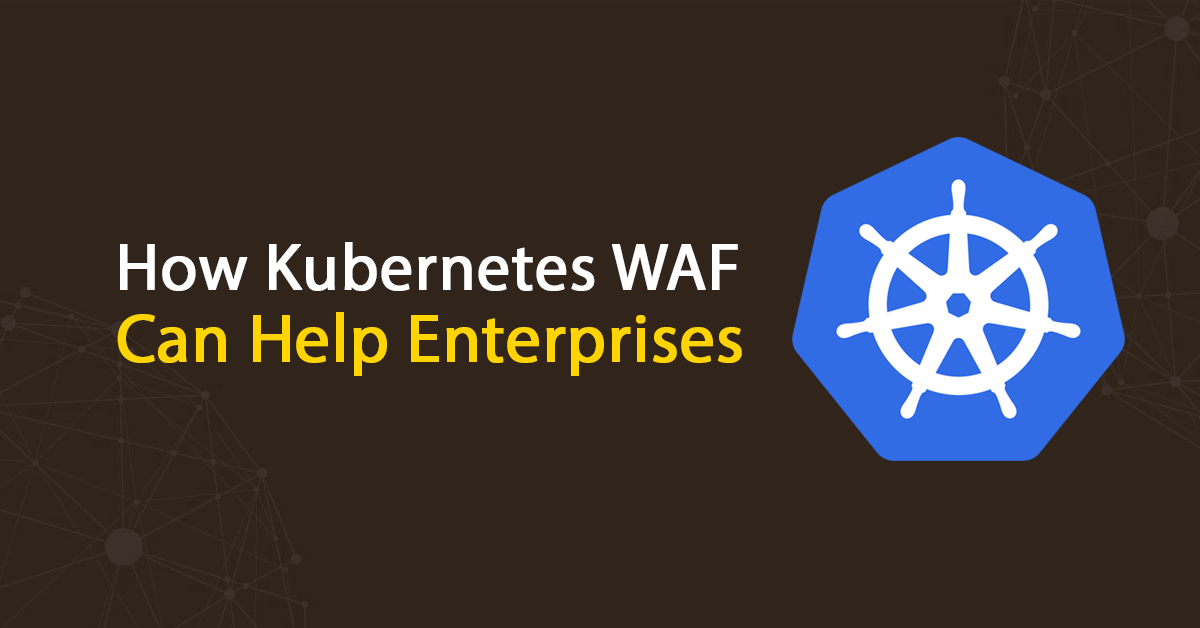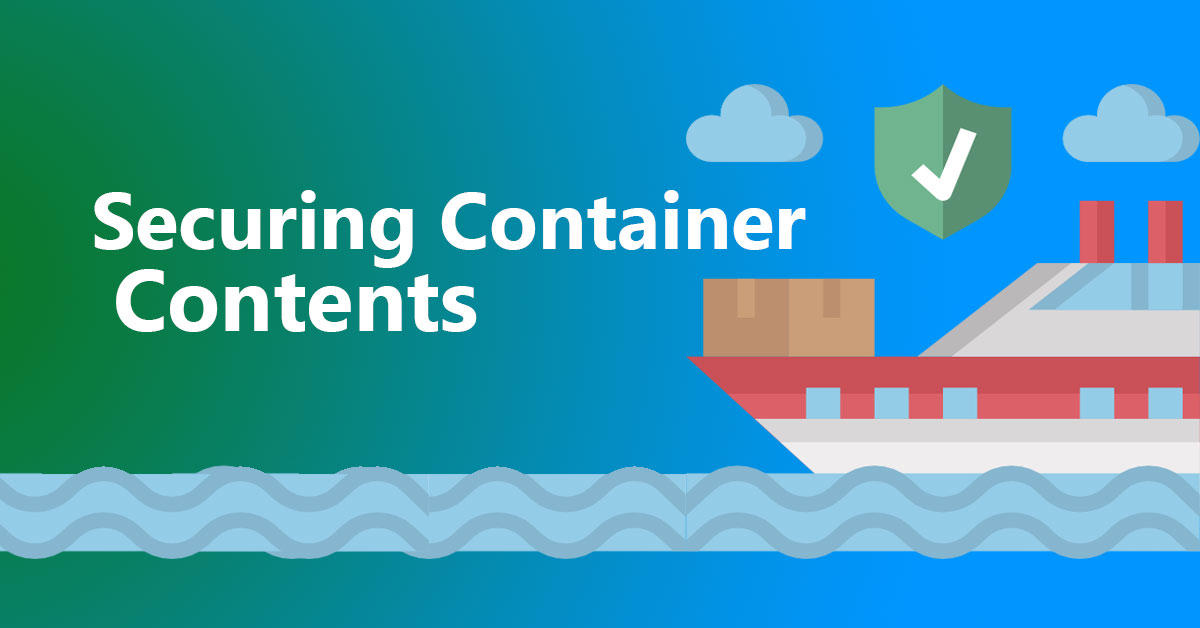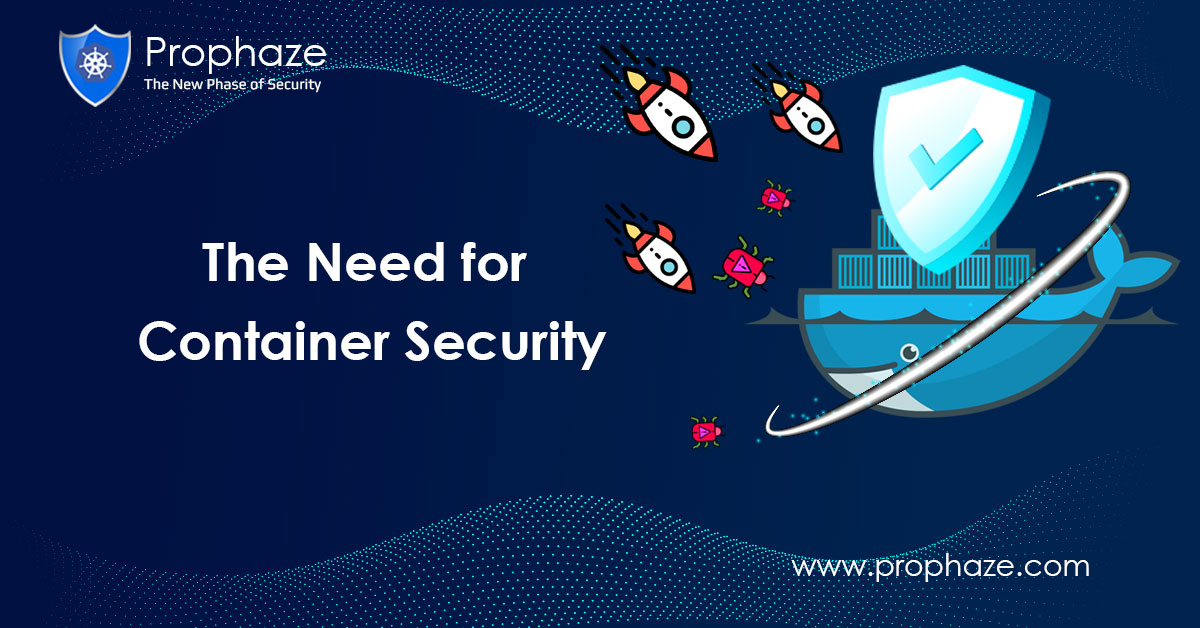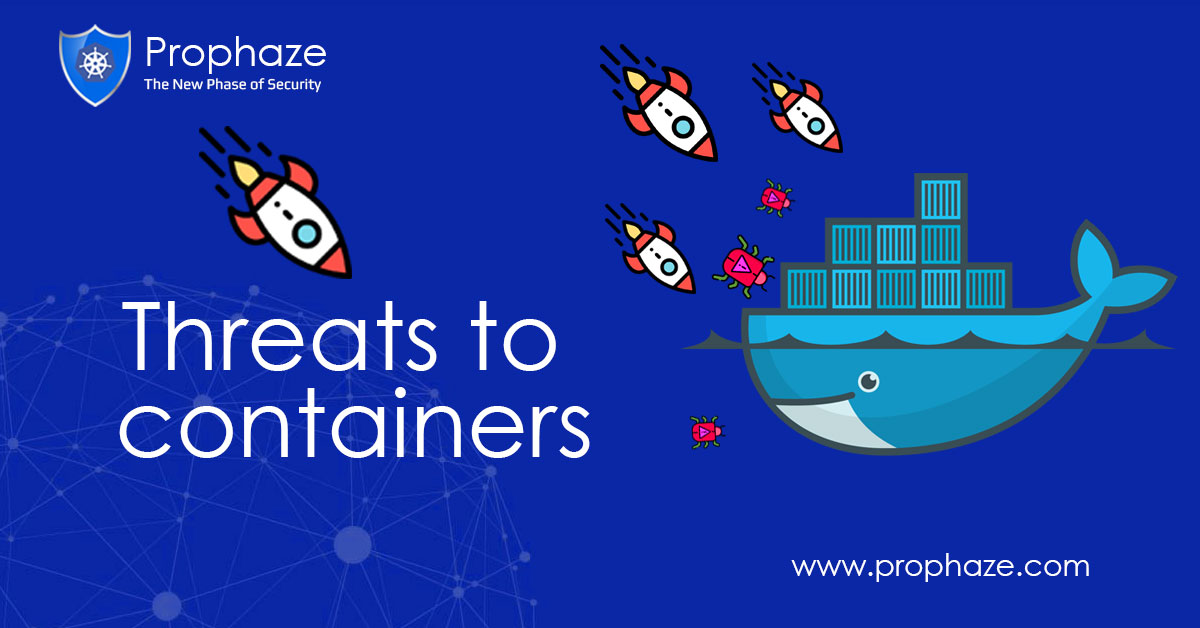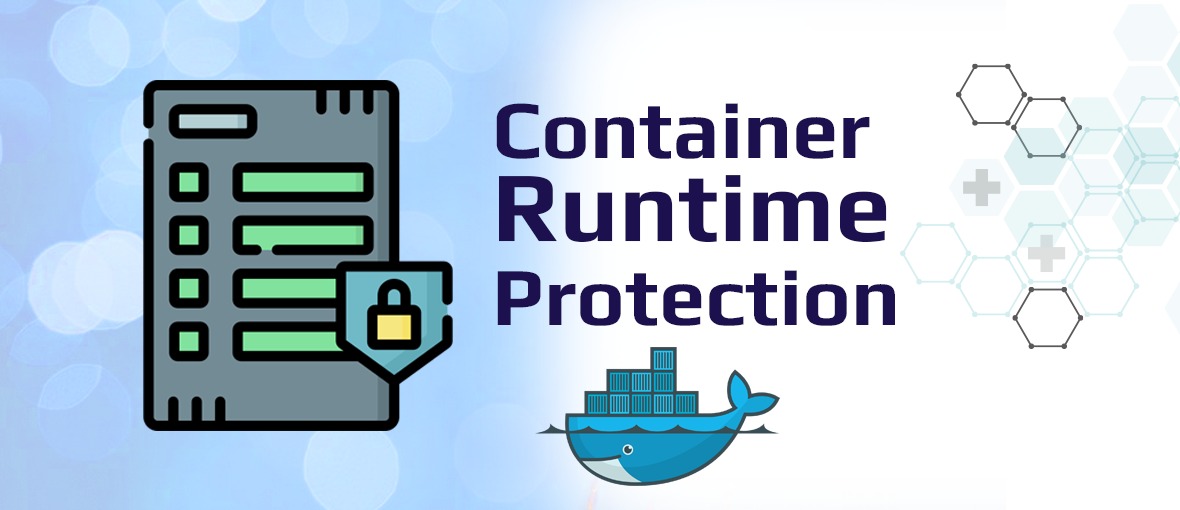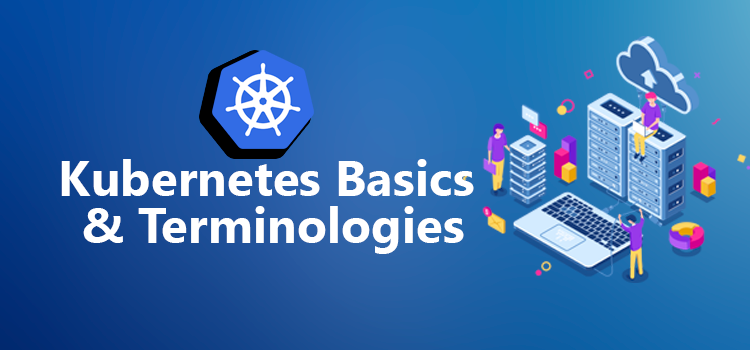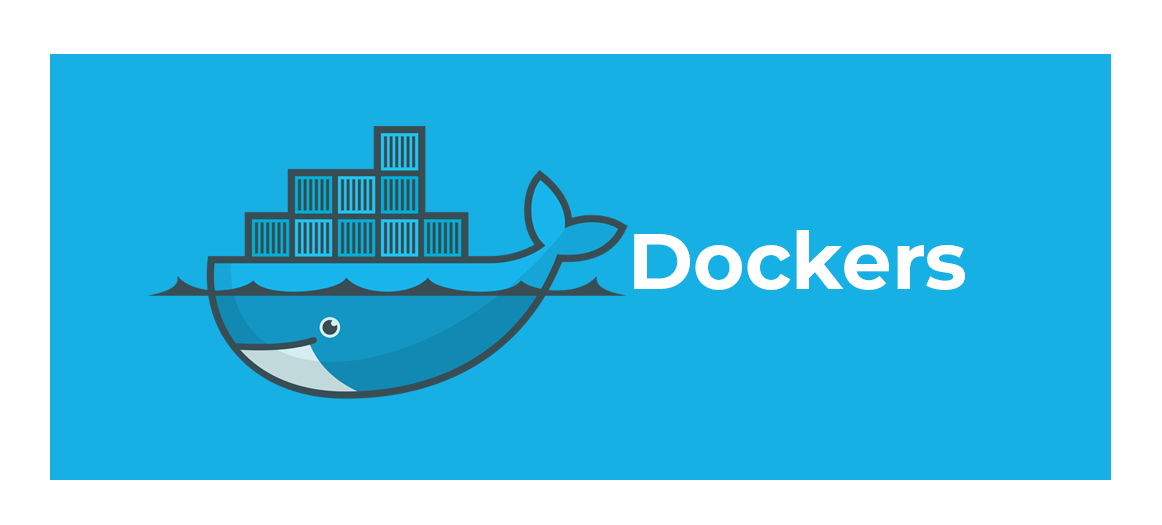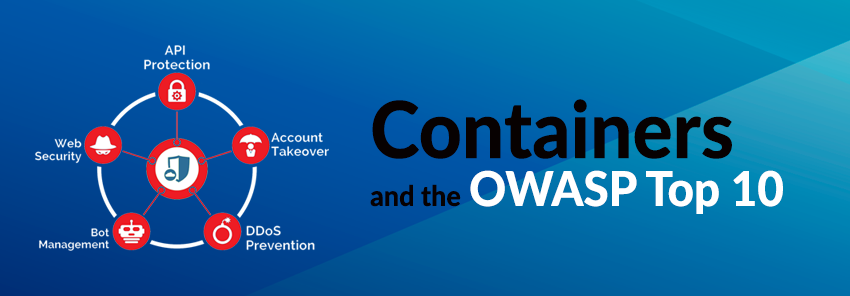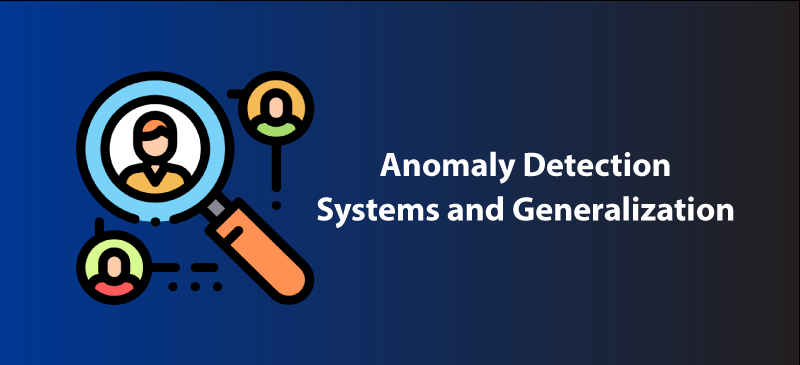Apple encrypts its iCloud data on Google, AWS clouds
The cloud market has seen an exponential increase in 2020 and this trend was observed amid the steepest economic contraction in modern history. Therefore, it may not come as a surprise that Apple, a major player in the cloud industry, has emerged as Google’s largest customer of cloud data services, according to a report. Another report states that Apple spent $300 million for Google cloud storage services in 2021 alone, a 50% increase from last year. Even though this seems like a big amount, it is worth it. According to Law Floyd, director of cloud services at Telos, using Google Cloud makes sense as it is exponentially faster and cheaper, as opposed to obtaining more data centre space, power, cooling, and equipment.

